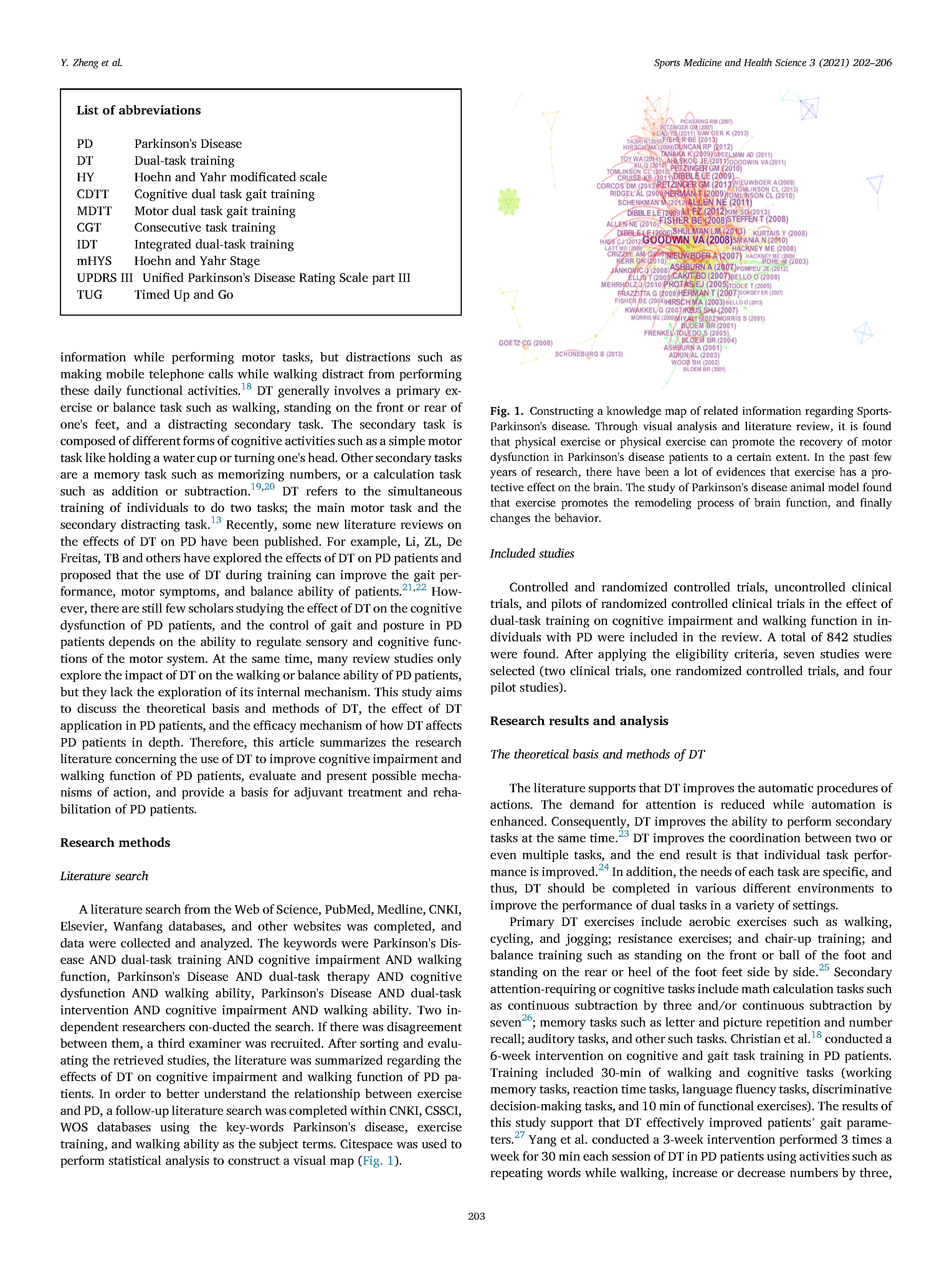Exploring Different Types of PET Scans: A Comprehensive Guide to Understanding Their Applications and Benefits
#### Different Types of PET ScansPositron Emission Tomography, commonly known as PET, is a powerful imaging technique used in medical diagnostics and resear……
#### Different Types of PET Scans
Positron Emission Tomography, commonly known as PET, is a powerful imaging technique used in medical diagnostics and research. It allows for the visualization of metabolic processes in the body, providing crucial insights into various health conditions. There are several different types of PET scans, each designed for specific applications. This article will explore the various types of PET scans, their uses, and the benefits they offer to both patients and healthcare providers.
#### 1. Standard PET Scans
Standard PET scans are the most commonly used type. They involve the injection of a radiotracer, which emits positrons as it decays. These positrons collide with electrons in the body, resulting in the emission of gamma rays. The PET scanner detects these gamma rays and creates detailed images of the body's metabolic activity. Standard PET scans are primarily used in oncology to detect cancer, assess tumor response to treatment, and monitor disease progression.
#### 2. PET/CT Scans

PET/CT scans combine the functional imaging of PET with the anatomical imaging of Computed Tomography (CT). This hybrid approach provides a more comprehensive view of the body, allowing healthcare providers to pinpoint the location of abnormalities more accurately. PET/CT scans are particularly useful in cancer diagnosis and management, as they can reveal both the metabolic activity of tumors and their precise anatomical location.
#### 3. PET/MRI Scans
PET/MRI scans represent the latest advancement in imaging technology. By combining the functional imaging capabilities of PET with the high-resolution anatomical imaging of Magnetic Resonance Imaging (MRI), this technique offers enhanced detail and accuracy. PET/MRI scans are especially beneficial for neurological studies, as they provide detailed images of brain structures while also assessing metabolic activity. This dual imaging approach is gaining popularity in research and clinical settings.
#### 4. Cardiac PET Scans

Cardiac PET scans are specialized PET scans focused on assessing heart function and blood flow. By using specific radiotracers, these scans can evaluate myocardial perfusion, helping diagnose conditions such as coronary artery disease and heart failure. Cardiac PET scans are non-invasive and provide valuable information that can guide treatment decisions and improve patient outcomes.
#### 5. Neurological PET Scans
Neurological PET scans are designed to evaluate brain function and identify neurological disorders. These scans can help diagnose conditions such as Alzheimer's disease, Parkinson's disease, and epilepsy by visualizing changes in brain metabolism. Neurological PET scans are crucial for understanding the progression of these diseases and developing appropriate treatment plans.
#### Benefits of Different Types of PET Scans

The various types of PET scans offer numerous benefits to patients and healthcare providers. They provide non-invasive, detailed images that help in accurate diagnosis and treatment planning. PET scans can detect diseases at an early stage, which is critical for successful intervention. Moreover, the combination of PET with other imaging modalities, such as CT and MRI, enhances the diagnostic capabilities, allowing for a more comprehensive assessment of a patient's condition.
In conclusion, understanding the different types of PET scans is essential for both patients and healthcare professionals. Each type has its unique applications and benefits, making them invaluable tools in modern medicine. As technology continues to advance, the role of PET scans in diagnosing and managing various health conditions will only grow, leading to improved patient care and outcomes.